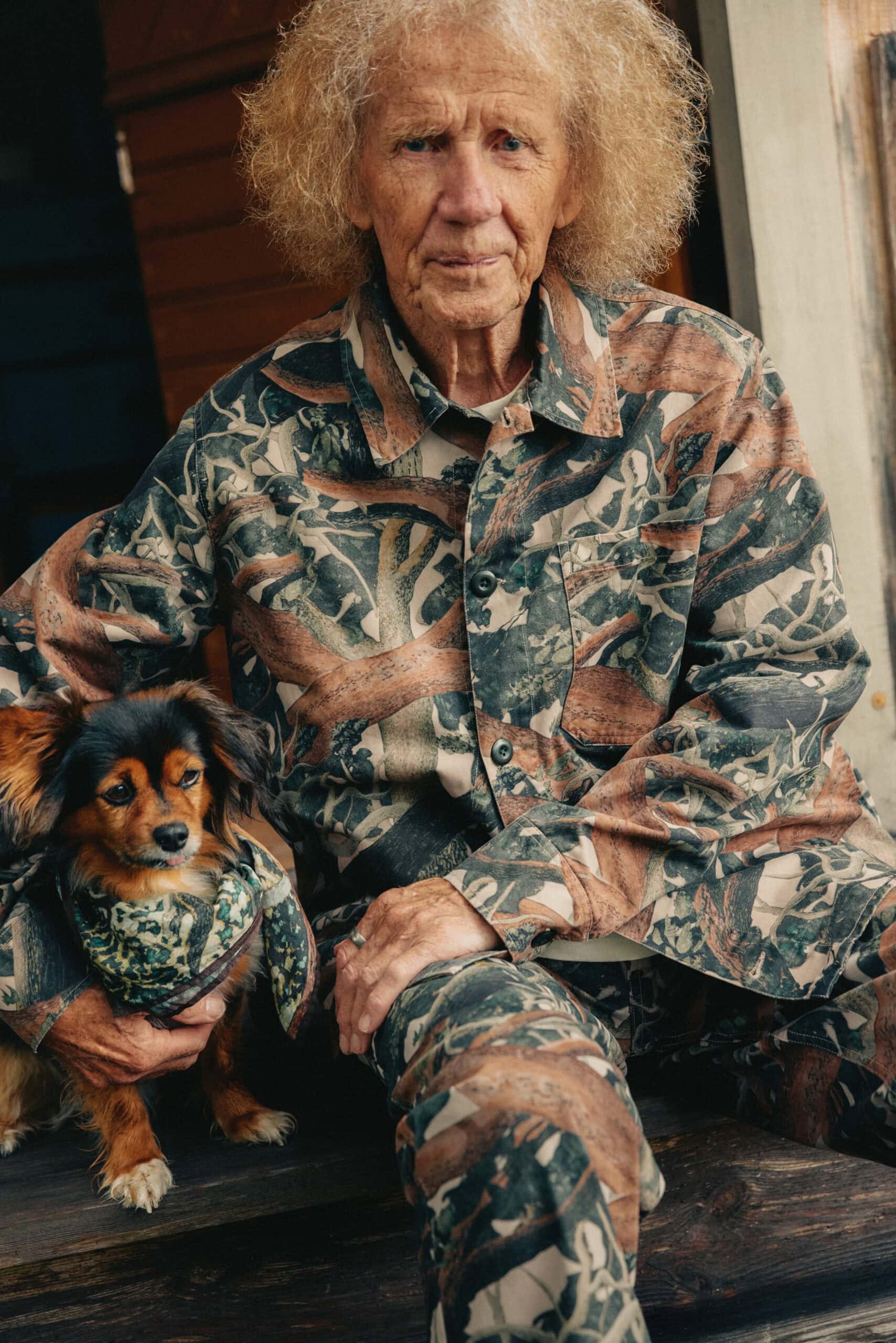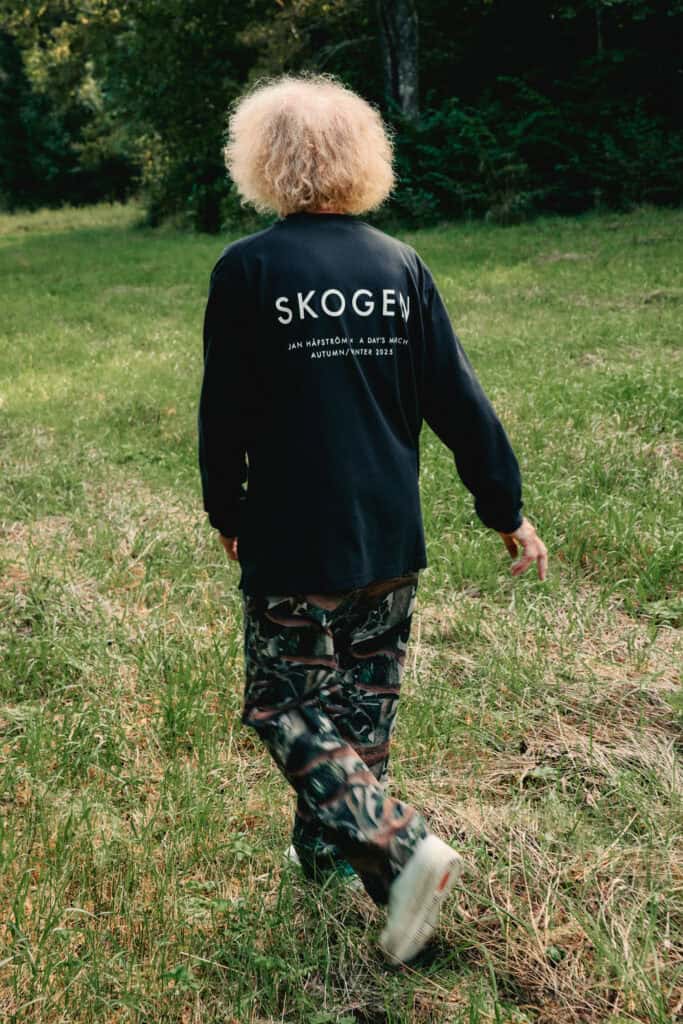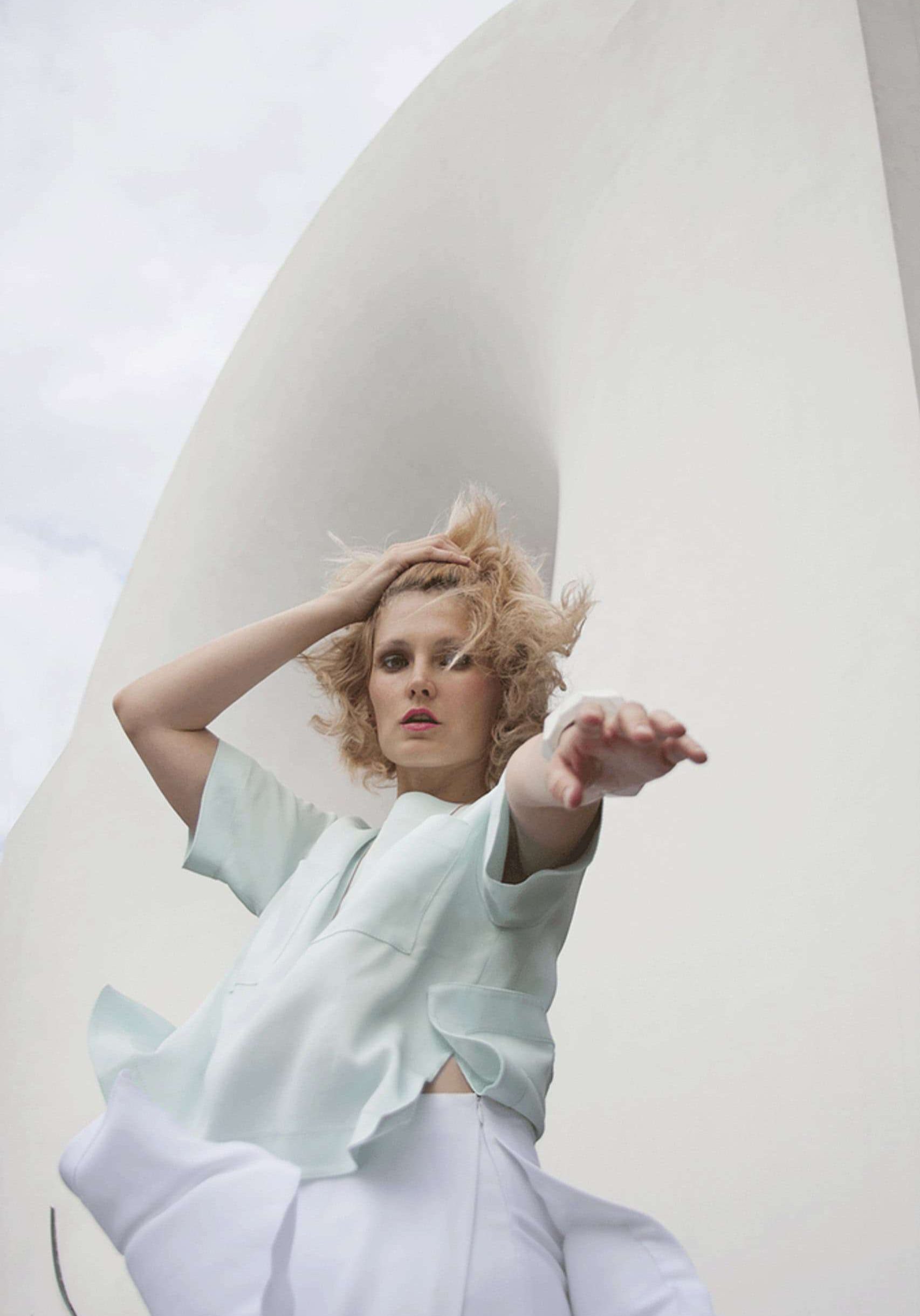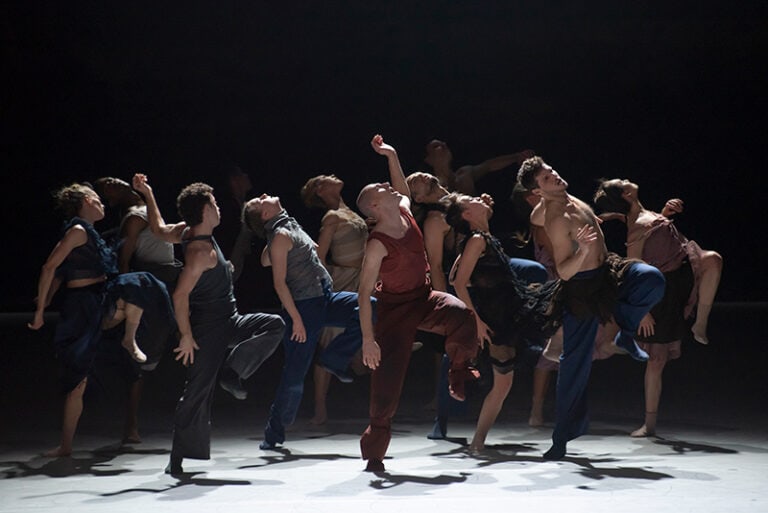
A Day’s March x Jan Håfström: Skogen Collection
Mia Macfarlane
A Day’s March has launched a new collection in collaboration with legendary Swedish artist Jan Håfström
Jan Håfström turning his haunting 1960s painting “Skogen” into a limited-edition line of wearable art. The result is a collision of high culture and rugged aesthetics — a Scandinavian meditation on camouflage, symbolism, and the spaces between fashion, art, and memory.
Skogen Reimagined: Art You Can Wear
At the center of the collaboration is “Skogen” (“The Forest”), a 1967–68 painting now housed in Stockholm’s Moderna Museet. A Day’s March Co‑Founder Stefan Pagréus encountered the work during their first project with Håfström in 2022, and couldn’t shake it.
“During our first Håfström project in 2022, Jan Håfström gave me several books about his work, and that’s when I first came across the magnificent and mysterious Skogen. I immediately fell in love with the painting and felt strongly that we should do something with it in the future.”
That future is now: the “Skogen” collection interprets the painting’s dark, enigmatic forest through outerwear, knitwear, scarves, and more. There’s even a wool blanket and scented candle, blurring the line between lifestyle object and museum artifact. Every piece feels like an invitation. It offers not just a wearable work of art, but a step into nature.

Camouflage, But Make It Cultural
At a glance, some pieces resemble classic Realtree camo—the kind worn by hunters in dense woods. But look again, and you’ll notice something strange: the patterns are broken-down segments of Håfström’s painting, zoomed-in, reworked, and reimagined.
“It’s quite meta — an artwork camouflaging as camouflage,” Stefan notes.
This duality powers the entire collection: “wild yet composed, chaotic yet minimal, rooted in Nordic design but untamed in spirit. Even the choice to use camouflage feels loaded in 2025, a time when nature, protection, and conflict are central global themes.
“We reflected on the current state of the world,” says Stefan. “That tension — between protection, conflict, and concealment — lies buried within this one too.”



Scandinavian Minimalism Meets Forest Mythology
The most compelling fashion collections have an undercurrent of philosophy and *Skogen* brings exactly that. It explores how a simple forest can carry multiple meanings: refuge, mystery, transformation, or even resistance.
“Nature simply is,” says Stefan. “In these uncertain times, I think many people long to return to something more grounded, something older than us.”
This longing shows up across the A Day’s March pieces. A neutral-toned cardigan doesn’t scream “art collab,” but it hums with intent. A candle isn’t merch, it’s a ritual object. Every item is wearable, but none are throwaways. This isn’t fashion chasing novelty, it’s style built to last.
The Art of Wearability
While the visual language leans abstract, the construction is pure A Day’s March: quality fabrics, tight tailoring, understated cuts. These are clothes you can actually live in, from city to forest and back.
“Wearability is at the heart of our DNA,” says Stefan. “But through these collaborations, we add a layer of storytelling — sometimes subtle, sometimes more pronounced.”
It’s a design ethos rooted in “utility meets meaning”. The pieces feel collectible, but not fragile. They’re poetic, but practical. It’s fashion that doesn’t just decorate the body — it provokes thought.
The Takeaway: A Forest for the Future
This is A Day’s March at its most ambitious — crafting not just garments but *experiences*. By collaborating with Jan Håfström again, they’re not just celebrating Swedish art history, they’re rewriting it into the rhythms of daily life.
“For me, it’s beautiful if more people can discover Jan’s world. To see his imagery move beyond the museum wall, onto bodies, into movement and daily life — that feels meaningful. It keeps the work alive, in new encounters.” says Stefan.
Share this post
One day when I was barely two my mom let me push her out of her bedroom. She was curious so she ran outside the house so she could watch me through the window. I climbed up on a chair by her vanity and started putting on her makeup. I loved playing dress up as a kid. Putting on my mom's sequin tube tops and high heeled shoes and then putting on a dance show in the lobby or the restaurant of the hotel/residence we lived in. It was the best childhood ever. Dress-up, dancing, playing with barbies, and drawing were my favorite things to do. I have not changed one bit today. If I am creating I am happy.
Now I am in Paris for the second time in my life and I am having a ball playing with my partner in crime Julien Crouigneau. We founded IRK Magazine together in 2015 and we are proud to collaborate with some amazing artists, and influencers.
We are also a photography duo under the pseudonym French Cowboy. We love to tell stories and create poetic images that are impactful.
Read Next




